|
Today we’re writing about a sh*tty subject to draw attention to one of the biggest public health threats across the globe: sanitation. That’s right, today we’re talking toilets.
Excreta is inescapable. The human body produces waste to eliminate the matter it does not require; regular bowel movements are the sign of a healthy digestive system, necessary for the human body to function properly. Shockingly, the amount of poop produced by all humans on earth calculates to about 290 billion kilograms (640b pounds) each year. Regardless of where you live on this planet, your economic standing, your nationality, your ethnicity or your gender, you poop. In a society or country where toilets are widely dispersed and properly functioning, you simply flush that poo farewell and never think of, or see it again. But, for the 2 billion people on Earth who don’t have basic sanitation service s or clean water, their lives are more than just affected, they’re at risk. Every year, 775,000 lives end prematurely because of poor sanitation, and we’re on a mission to decrease that. The problem with poop
2 billion people globally lack safe water in their homes; people travel long distances, pay extortionate amounts for bottled water or use nearby rivers or lakes to meet this basic need. In fact, 160 million people drink water directly from surface water sources. In an environment where there is no potential cross-contamination, those water sources may not put someone at risk of death.
But in a world where over 890 million people defecate openly, surface water sources are in tremendous danger of contamination. Open defecation is defined as the disposal of human faeces in fields, forests, bushes, open bodies of water, beaches or other open spaces. Because ⅓ of the world doesn’t have access to a toilet, people go where they can. When it rains or floods, faecal matter then washes into water sources, agricultural fields and even areas where children play. Unintended victims end up consuming bacteria and viruses spread through teeny tiny particles of faecal matter, causing dangerous illnesses, severe dehydration, and even death.
This grave injustice led to the founding of World Toilet Day in 2001 to tackle the mountainous task of spreading awareness about this understated killer and assist in the progress towards achieving improved sanitation world wide.
United Nations Development Goals
In 2000, the Millenium Development Goals (MDGs) were created in an effort to make development progress in 8 broad areas, with clean water and sanitation sitting under Goal 7 (Ensuring environmental sustainability). At this time, half of the world’s population were not using a source of improved sanitation, and the goal by 2015 was to halve this figure.
Improved sanitation was then defined by a facility that ‘hygienically separates human excreta from human contact.’ This is clearer defined by a household having one of the following types of toilets:
Sanitation doesn’t only account for the method by which excreta is contained and disposed of, but extends to include considerations of whether individuals have privacy, dignity and accessibility. With this in mind, sanitation facilities that are one of the above may not be considered ‘improved’ if they are shared among more than one household. Just imagine if you had to knock on your neighbor’s door every time you had to do number 2…or worse, you had to walk to the middle of town because the entire neighborhood shared a single toilet. Today, 600 million people live with limited sanitation, sharing their facilities with individuals outside of their household.
For this reason, sanitation facilities are considered ‘unimproved’ if they:
Despite the global effort directed at conquering this colossal challenge, the progress fell significantly short.
A report by the Joint Monitoring Programme cited that the populations without improved sanitation were actually the hardest to reach, and the ones that would benefit from it most: "families living in remote rural areas and urban slums, families displaced by war and famine, and families mired in the poverty-disease trap."
Meeting the sanitation targets didn’t just mean installing toilets everywhere you could, it meant identifying and reducing disparities between rural and urban communities, disparities of wealth, and even disparities of gender.
The challenges and disparities mentioned above are still widespread issues today, representing a broader set of circumstances that hinder success towards not only sanitation goals, but many other development goals.
Recognition of this issue skyrocketed in the last decade, and major organisations like the Gates Foundation hosted global initiatives to ‘reinvent the toilet’ in an effort to innovate a more sustainable sanitation system. As the Millenium Development Goals morphed into the Sustainable Development Goals, clean water and sanitation received its own indicator (SDG6) and its own dedicated attention. Organisations that worked behind the scenes to tackle WASH related issues took the forefront and de-stigmatised the talk of toilets. The world is making progress, just not fast enough
Complete data for ‘safely managed sanitation’ is very challenging to come by, and estimates are used at a regional level to gain a better idea of the situation on the ground. The range of terminology used to categorize the types of sanitation also leaves room for inconsistencies, so a sanitation ladder has been created to help identify the shifts of progress for communities transitioning from the lower rungs upwards.
This biological difference between males and females has led to severe inequities in the opportunities for a young girl to get an education. In sub-saharan Africa, 1 in 10 girls miss school during their period, while in Bangladesh, 40% of girls missed an average of three days per month.
Sub-Saharan Africa is home to all 10 of the world’s worst countries for basic sanitation, where on average only 28% of the population has access to a toilet. These countries are also the locations where open defecation is commonly accepted and practiced; therefore independent campaigns to reduce open defecation have been diligently promoted and highly effective. Over the last 20 years, open defecation has decreased from 80% to 27%, citing successful public health endeavors to provide education, encourage behaviour change, and create access to sanitation facilities. This is a victory itself, but there is much more progress to be made.
India, the country with the world’s second largest population, is also the country where the most people don’t have access to a toilet. Although, by proportion, only 56% of India’s population don’t have basic sanitation, this figure equates to over 700 million people. That is more than double the entire population of the US!
The situation in India and in many countries around the world is enhanced by the growth of populations and urbanisation that increase these inequalities. As populations boom and move to cities where space for toilets, sewer systems, and treatment facilities simply do not exist, the accumulation of waste overlaps into the living spaces and neighborhoods of the poor. In fact, over 80% of wastewater from all human activities is discharged into rivers or seas without any pollution removal. As access to affordable clean water is still a major issue across the globe, the improper containment and treatment of wastewater can lead to widespread contamination, increasing the likelihood of illness, disability and death. This vicious cycle has brought us back to the paramount importance of having a clean water supply.
We’ve written an entire blog on common infectious diseases related to poor water quality, unsanitary conditions and improper hygiene, but those only cause a fraction of the true negative impact of improper sanitation. In addition to the tropical diseases, trachoma-induced blindness and worm-like parasites that affect billions worldwide while malnourishment and stunting hinder a child’s ability to grow. The effects can be long-lasting and detrimental to an individual, a family or an entire community's ability to thrive. The World Bank states that ‘poor sanitation and water supply result in economic losses estimated at US$260 billion annually in developing countries, or 1.5% of their GDP.
How do we achieve universal sanitation coverage?
To accomplish the goal of universal sanitation coverage, a systematic approach to implementing and maintaining toilets is required. Rigorous data collection on a household level is needed to properly understand each family’s situation and needs, while a broader understanding of how sanitation can fit within a community context is also crucial. The movement of communities up the sanitation ladder requires a people-led approach with community participation at its core. Public awareness campaigns to educate on the matters of wastewater, its proper treatment and other safety measures are essential to ensure sustainability is ingrained within the progress. There must also be accountability, oversight and enforced regulation to ensure the necessary treatment and disposal occurs. Simply criminalizing activity that doesn’t fit within these regulations isn’t the solution however, and there absolutely must be a multifaceted approach to ensuring sanitation facilities are widespread and available for use.
These elements combine to create an approach known as Community-Led Total Sanitation, which focuses on mobilising communities to take matters into their own hands; this participatory approach encourages behavioural change at its core and addresses the systematic challenges on a community level that simply installing hardware will not. Local and international organisations such as WaterAid, UNICEF, and World Vision have become champions for this approach, and much of the world wide sanitation progress has been attributed to it.
While we aren’t heavily involved in the field of sanitation, Wateroam believes that working cohesively with the local community is the single most important factor in a clean water project’s success. The CLTS approach reinforces that belief, demonstrating that the most effective way to enact change is to empower people to be able to make a difference in their own lives. Part of our core mission is to help communities be their own heroes, and we’re proud to partner with organisations that uphold that same attitude.
There is still a lot of effort to be made in the realm of improved water and sanitation, but we and our partners are working diligently to continuously fight for all humans to have access to the same basic rights. Click the button below to learn about how Wateroam's products are specifically designed to help rural and remote populations to meet their basic needs by visiting our Rural Development page.
Blog Author: Michelle Falcone
Sources:
https://www.youtube.com/watch?v=bPsiPc_ZKO8&feature=youtu.be https://www.youtube.com/watch?v=U5TxygvcmU8 https://ourworldindata.org/sanitation#access-to-safe-sanitation https://ourworldindata.org/sanitation#access-to-safe-sanitation https://www.communityledtotalsanitation.org/resources https://www.undispatch.com/water-is-an-mdg-success-story-sanitation-is-most-certainly-not-why/ https://thelogicalindian.com/story-feed/awareness/india-worst-sanitation-toliets-open-defecation/?infinitescroll=1 https://www.unwater.org/ https://www.who.int/data/gho https://water.org/our-impact/water-crisis/global-sanitation-crisis/
0 Comments
Leave a Reply. |
Want more?Click below to see what other blog topics might peak your interest



Social Awareness Blog Archives
August 2022
|
- About Us
- Products
- Solutions
- Resources
- Get Involved
-
Blog
- The Global Water Situation
-
Facts about Water
>
- Water supplies for crisis
- WaSH During Emergencies
- Well Water Cleaning and Filtration Guide: Southeast Asia
- Gravity-fed Water Systems: Water Purification and Filtration setups in Southeast Asia
- A Guide to Rural Rainwater Harvesting and Filtering
- Water Shortages and Their Effect on Children in Rural Schools
- WaSH Planning and Design Framework Resources for Indonesia and the Philippines
- Rural Community Water Supply: Water Systems in Villages
- Info on our Products
- Impact Stories
- Upcoming & Past Events
- Contact
- Store
- About Us
- Products
- Solutions
- Resources
- Get Involved
-
Blog
- The Global Water Situation
-
Facts about Water
>
- Water supplies for crisis
- WaSH During Emergencies
- Well Water Cleaning and Filtration Guide: Southeast Asia
- Gravity-fed Water Systems: Water Purification and Filtration setups in Southeast Asia
- A Guide to Rural Rainwater Harvesting and Filtering
- Water Shortages and Their Effect on Children in Rural Schools
- WaSH Planning and Design Framework Resources for Indonesia and the Philippines
- Rural Community Water Supply: Water Systems in Villages
- Info on our Products
- Impact Stories
- Upcoming & Past Events
- Contact
- Store

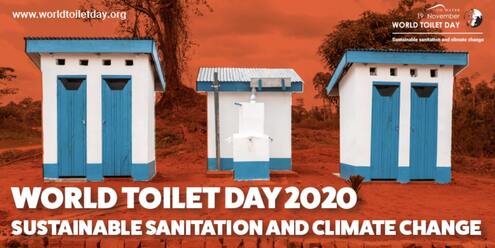
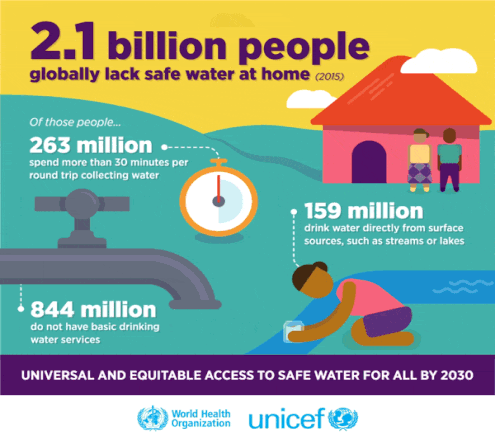


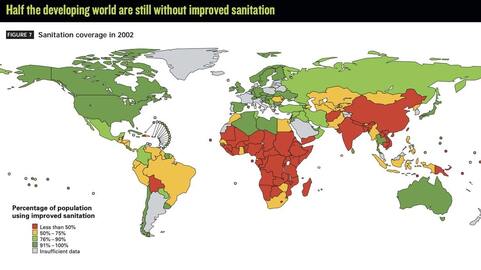
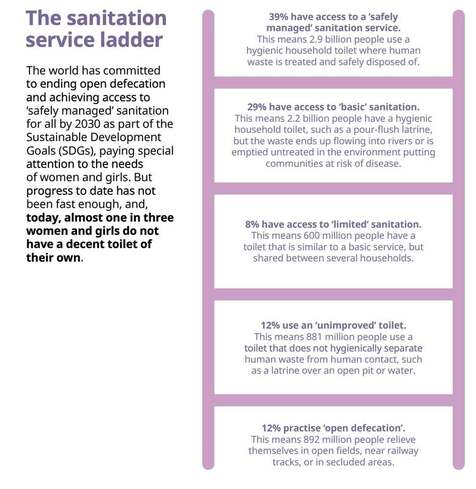
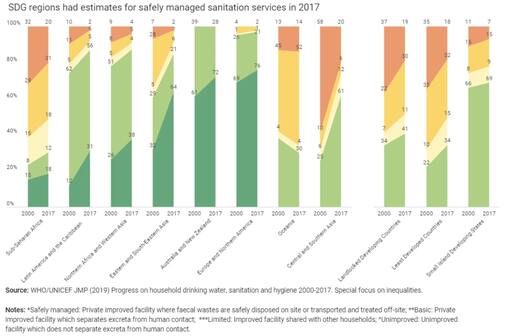
.jpg)